You will need:
- Four cups of water
- Wooden tongue depressors, i.e. icecream sticks
- Lemon juice; be aware of potential citrus allergies!
- Salt
- Sugar
- A taste test subject!
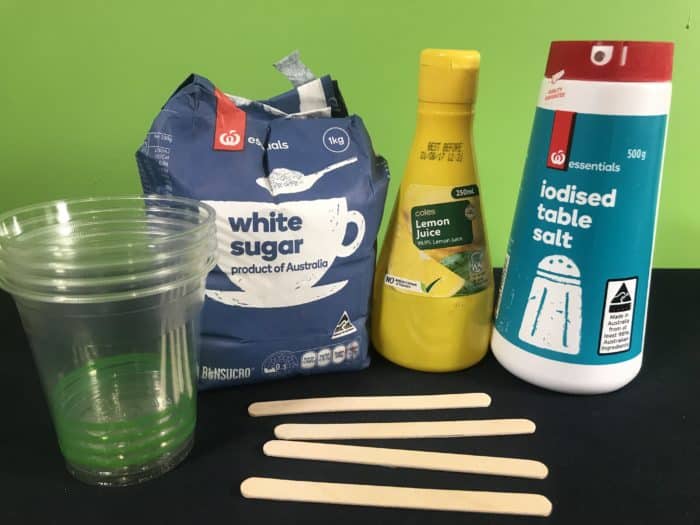
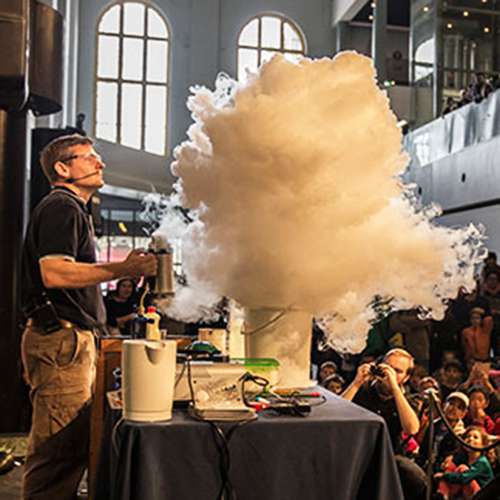
School science visits since 2004!
– Curriculum-linked & award-winning incursions.
– Over 40 primary & high school programs to choose from.
– Designed by experienced educators.
– Over 2 million students reached.
– Face to face incursions & online programs available.
– Early learning centre visits too!
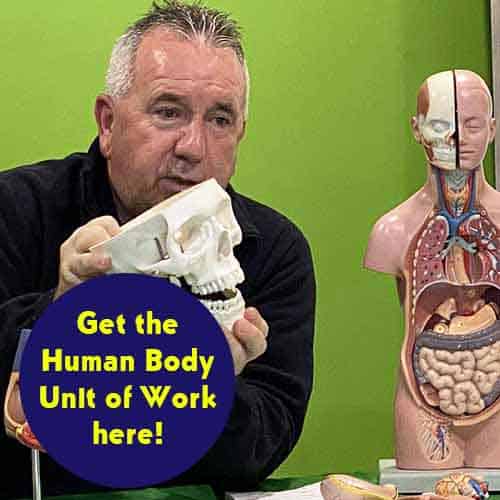
Get the Unit of Work on the human body here!
- Learn about the major body systems
- Dive into the five senses
- How does digestion, respiration, circulation and many other processes work and more!
Includes cross-curricular teaching ideas, student quizzes, a sample marking rubric, scope & sequences & more
Why Does This Happen?
‘Tongue taste maps’ have been a classic experiment for primary school-aged children for many years. Many textbooks will incorrectly reveal that there are indeed areas of taste on your tongue, i.e. some areas taste salt better than sugar etc. The problem is that this has been based on faulty science!
There are no specific areas on your tongue exclusively for salt, sugar or sour tastes.
The popular belief that there are specific taste areas over the tongue comes from a German study conducted in 1901, where the information presented was not clear and thus misinterpreted!
Your sense of taste comes from small structures called taste buds, collectively called ‘papillae’. These papillae occur on top of the tongue, epiglottis and soft palate within your mouth. Sensitivity to all tastes is apparent throughout the tongue, with stronger sensations being produced in different areas due to differing numbers of papillae on the tongue. There are five taste sensations: sweet, sour, bitter, savoury and salty. Your food’s taste comes from a mixture of signals being sent to the brain from the papillae within your mouth.
Teaching about the human body? From 5 senses to the skeletal system, the Human Body workshop has you covered!
Get in touch with FizzicsEd to find out how we can work with your class.
Human Body
Years 3 to 6
Maximum 30 students
School workshop (NSW only)
60 or 90 minutes
Online Class Available
STEM Full Day Accelerator - Primary
Designed from real classroom experiences, this modular day helps you create consistently effective science learning that directly address the new curriculum with easily accessible and cost-effective materials.
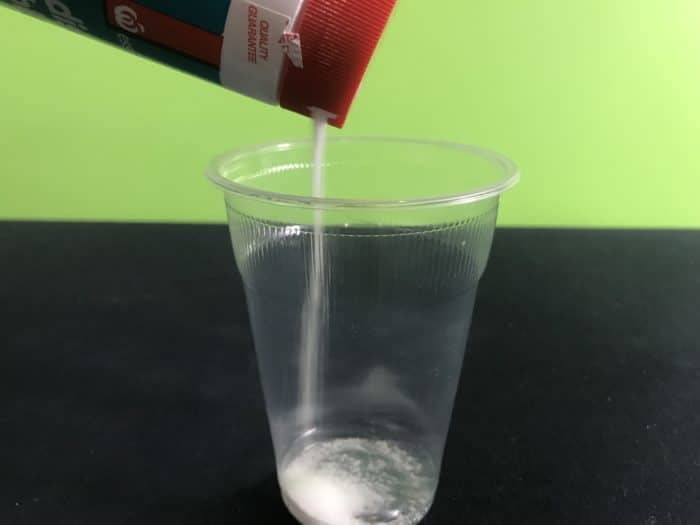
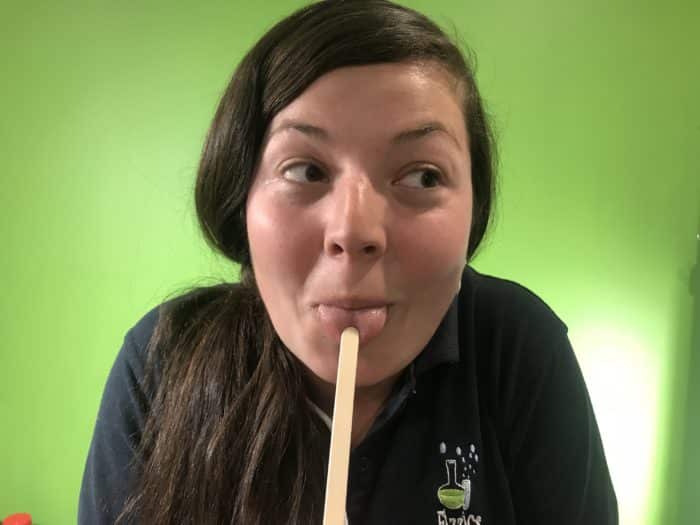
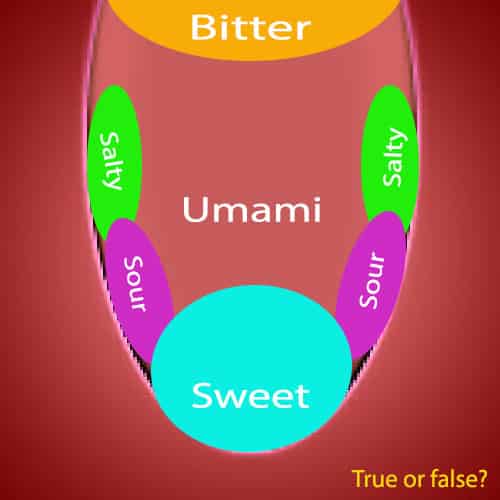


























I loved this website! It was awesome for both me and my sister! I was wondering if I could share this website with family? Thanks!
-Milly
Absolutely! Thanks for sharing, we love that you find this site useful!